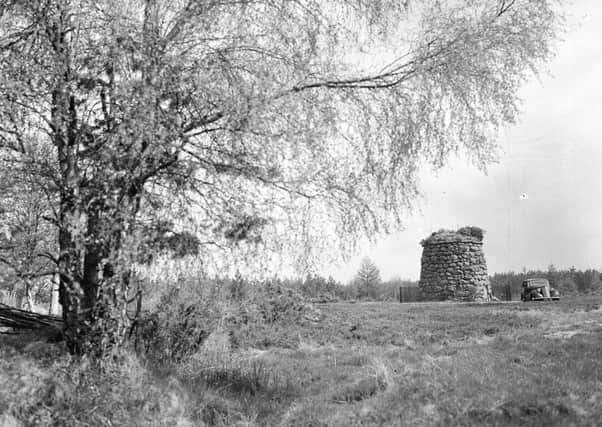The lost children of the 1745 Jacobite rising


Many children were seized as government forces fought back against Bonnie Prince Charlie’s doomed 1745 rising.
Some were accompanying their mothers during the march of the rebellion, which culminated in the Battle of Culloden, which marks its 271st anniversary this Sunday, while others were captured for their active service during the campaign.
Advertisement
Hide AdAdvertisement
Hide AdThe youngest fighter taken into custody was seven-year-old William Cosby, the son of an Irish weaver.
Both had served in the Manchester Regiment, which held Carlisle after its capture in November 1745, and both were taken prisoner after it was seized by Cumberland’s men once Bonnie Prince Charlie retreated north.
William’s father was sentenced to death but won a reprieve on the day of execution, according to John Prebble’s Culloden.
“There is no record of what happened to the boy, which means, perhaps, that he died in the filth and the rot of Carlisle Prison,” he added.
Three other young soldiers were sentenced to death for their role in the rebellion, according to Prebble, although all managed to escape with their lives.
They included George Barclay, a 16-year-old soldier of Lord Ogilvy’s Angus Regiment, who won a reprieve after agreeing to join the King’s Army.
John Bennagh, also 16, was recruited by Major General Glenbucket at Glenmachy.
Advertisement
Hide AdAdvertisement
Hide AdHe was spared death and sentenced to transportation, but he died of starvation in prison before his ship sailed.
James Gordon, 15, the son of the Laird of Terpersie, had also been signed up by Glenbucket. He spent two years in prison before being transported to Jamaica.
Many children imprisoned were the young of Regimental Women during the campaign.
“In spite of orders prohibiting women from accompanying the army in the field, they did so, an in several cases, were accompanied by their children,” according to Sir Bruce’ Seton’s work Prisoners of the ‘45.
He noted that many of these woman and children were left behind at Carlisle and subsequently sent to jail at Chester, Lancaster and York.
Seton refers to prison records which show at least 56 women and girls were confined on suspicion of supporting the rebellion- and at least 15 children.
They include Agnes Cathel and her three-year-old child and Agnes Flint, who was also attached to Major Glenbucket’s regiment, and her seven-year-old.
Advertisement
Hide AdAdvertisement
Hide AdMary Kennedy and her 10-year-old child were also imprisoned and transported.
In total, 28 women and a number of children transported to the American Colonies or the West Indies, although none of them were tried.
The majority were transported on the Veteran which sailed for Antigua in 1747. It, in a twist of fate, was captured by French privateers and released given the Captain’s allegiance to the Stuart cause.
